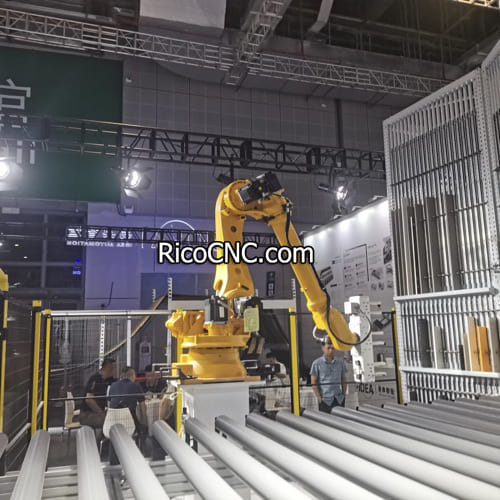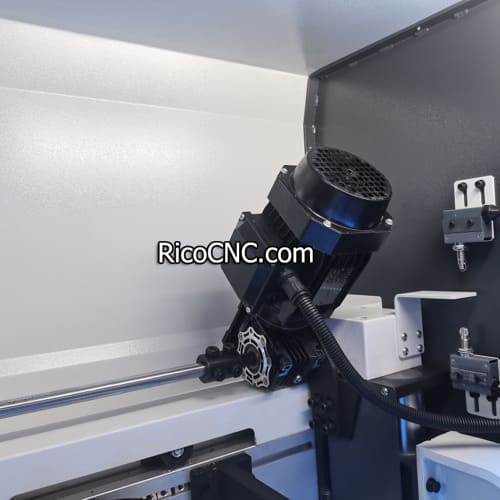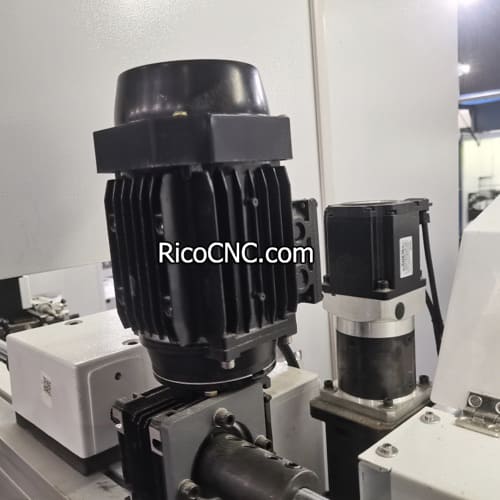
How Do I Control Servo Motors Using PLC?
Servo motors are widely used in industrial automation due to their precise control capabilities. When paired with a Programmable Logic Controller (PLC), they offer seamless control over complex automation processes, ensuring accuracy and reliability. This article will guide you on how to control a servo motor using a PLC, covering the various components involved, the setup process, and practical tips for ensuring your system runs smoothly. Whether you’re new to automation or looking to refine your understanding, this guide will walk you through the essentials.
What is a Servo Motor?
A servo motor is a device designed for precise control of angular or linear position, velocity, and acceleration. It works by using a servo drive to regulate electrical signals, which in turn control the motor's movement based on feedback received from sensors. These motors are an integral part of many automation systems and are used in various applications, from robotics to conveyor systems.
Key Components of a Servo Motor System
Servo Motor: The main actuator responsible for movement.
- Servo Drive: Provides power to the motor and receives commands from the PLC.
- Encoder: Sends feedback signals about the motor's position and speed.
For a high-quality servo motor often used in CNC machines, check out the MSMD042P1U Panasonic AC Servo Motor. This motor is ideal for precise applications and offers a reliable performance.
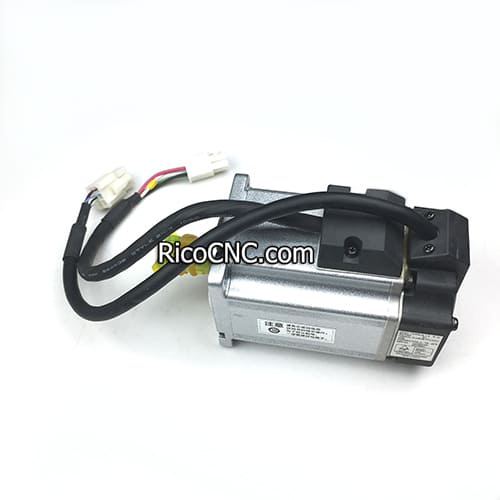
What is a PLC and Why Use It for Servo Control?
A Programmable Logic Controller (PLC) is an industrial digital computer used to control machinery and processes. When paired with a servo drive, a PLC can effectively manage complex automation tasks that require precise control of motor speed, position, and torque.
Advantages of Using PLC for Servo Control
Flexibility: PLCs can be easily reprogrammed to accommodate different tasks, making them suitable for dynamic environments.
- Real-Time Control: PLCs offer real-time control capabilities, ensuring quick and accurate responses to changing conditions.
- System Integration: PLCs can integrate with other components such as sensors, HMI (Human-Machine Interface), and additional actuators for a complete control solution.
For more advanced control needs, you may explore the SH31003P11A2000 Schneider Electric AC Servo Motor, which works well with PLC systems for precision control.
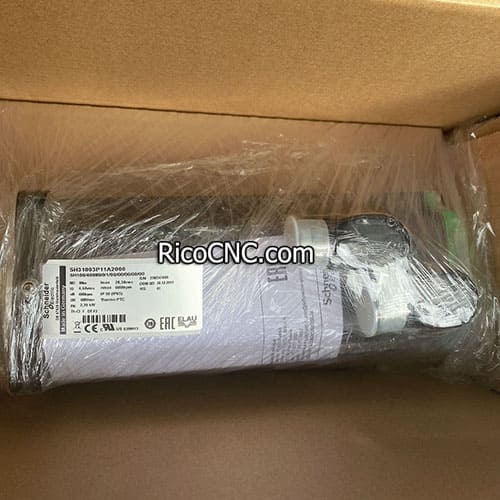
How Servo Motor Control Works with PLC

To control a servo motor using a PLC, there are several components that must work together harmoniously. Typically, the PLC sends control signals to the servo drive, which in turn regulates the voltage and current supplied to the servo motor. Here's a step-by-step explanation:
Input Commands: The PLC receives input from sensors or the operator. This input could be positional data, speed requirements, or other process parameters.
- Signal Processing: The PLC processes this input data and converts it into output signals for the servo drive.
- Servo Drive Activation: The servo drive interprets these signals and controls the motor, adjusting speed, direction, and torque as required.
- Feedback Loop: An encoder provides real-time feedback to the PLC about the motor's position and speed, allowing for adjustments as needed.
The Role of Feedback
The feedback loop is essential for precise control. The encoder continuously sends signals to the PLC, enabling real-time adjustments to minimize any discrepancy between the desired and actual positions.
Setting Up Servo Control with PLC
1. Hardware Components Needed
To set up servo motor control using a PLC, you will need:
PLC with motion control capabilities
- Servo Motor and Drive
- Power Supply
- Communication Cables (e.g., RS485, Ethernet)
- Feedback Device (Encoder)
For instance, using a SGMJV-01ADA21 YASKAWA AC Rotary Servo Motor ensures reliable integration into a PLC-based system.
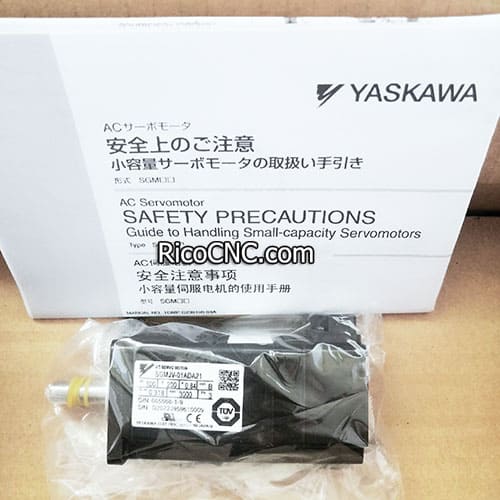
2. Wiring the Components
Connect the Servo Motor to the Servo Drive.
- Wire the Drive to the PLC for communication. This could be via digital I/O or a fieldbus protocol like Modbus or EtherCAT.
- Power Supply should be connected to both the servo drive and PLC.
Note: Always follow the manufacturer's wiring diagrams to avoid damage and ensure proper operation.
3. Programming the PLC
The PLC must be programmed to send the correct signals to the servo drive. This involves:
Input Mapping: Defining how inputs like buttons or sensors are interpreted.
- Motion Profiles: Creating motion control profiles for speed, acceleration, and deceleration.
- Closed Loop Logic: Implementing PID (Proportional-Integral-Derivative) control to ensure the motor's movement matches the desired output.
Communication Protocols for Servo Control

1. Pulse and Direction Signals
One of the simplest ways to control a servo motor using a PLC is by utilizing pulse and direction signals. The PLC sends a series of pulses to the servo drive—each pulse corresponding to an increment of movement—and a separate signal determines the direction.
Advantages: Simple to implement, well-suited for applications with basic positioning needs.
- Disadvantages: Limited in the complexity of movement that can be programmed.
2. Analog Signals
Another method involves using analog signals—typically 0-10V or 4-20mA—to control the speed or torque of the servo motor. This allows the PLC to have direct analog control over motor parameters.
Advantages: Offers a range of control, suitable for speed or force applications.
- Disadvantages: Prone to electrical noise, which can affect signal accuracy.
3. Fieldbus Communication
More advanced PLCs use Fieldbus protocols such as EtherCAT, Modbus, or CANopen to communicate with servo drives. These protocols allow for high-speed, precise control and feedback integration.
Advantages: High accuracy, suitable for multi-axis synchronization.
- Disadvantages: Requires more complex setup and programming.
Tuning the Servo System
Proper tuning of the servo motor is crucial for achieving desired performance. This involves adjusting the gain settings on the servo drive and optimizing the PID parameters in the PLC program.
Steps for Tuning
Initial Setup: Set the initial gain settings as per manufacturer recommendations.
- Test Movements: Conduct simple back-and-forth movements to assess response time and stability.
- Adjust Gains: Modify Proportional, Integral, and Derivative gains to reduce oscillations and improve responsiveness.
Incorrect tuning can result in overshoot, oscillations, or slow responses. For help in selecting compatible motors and drives, the R911312640 MSK030C Bosch Rexroth MSK Motor is a reliable choice for precision control.
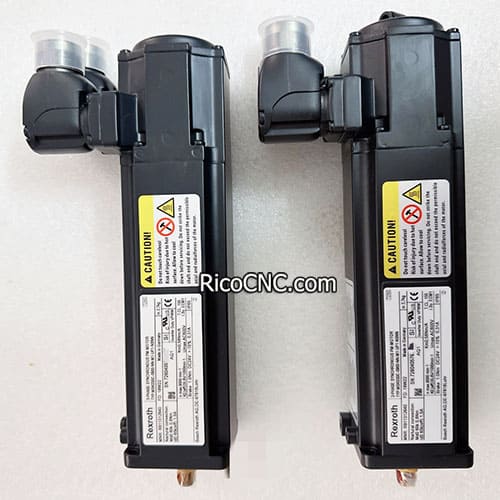
Common Challenges in Servo Motor Control with PLC
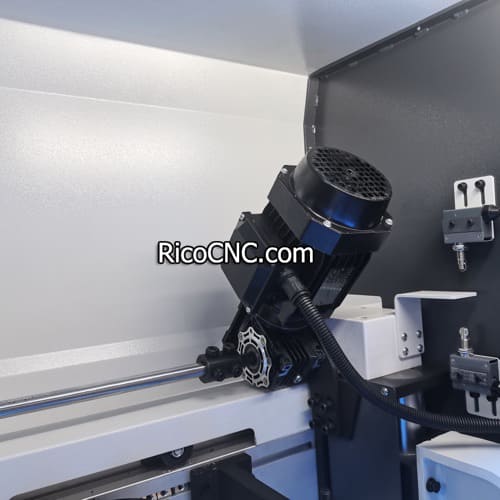
1. Electrical Noise
Electrical noise from nearby equipment can interfere with the signals between the PLC and the servo drive.
Solution: Use shielded cables and proper grounding to minimize interference.
2. Inadequate Power Supply
An inadequate power supply can lead to erratic servo motor performance.
Solution: Ensure the power supply is capable of providing sufficient current for both the servo motor and the PLC.
3. Overheating
Prolonged operation at high loads can cause the servo motor to overheat.
Solution: Implement thermal management strategies, such as fans or heatsinks, and ensure that duty cycles are within specified limits.
Applications of Servo Motor Control Using PLC
1. Robotics
In robotics, servo motors controlled by PLCs are used for precise motion in robotic arms. This is crucial in pick-and-place operations where accuracy is paramount.
2. Conveyor Systems
Conveyor systems rely on servo motor control for smooth acceleration and deceleration, which helps in maintaining product positioning and avoids spillage.
3. CNC Machines
In CNC machines, PLCs control servo motors for precision milling, drilling, and cutting tasks, where accurate positioning is essential for product quality.
Frequently Asked Questions About Servo Motor Control Using PLC
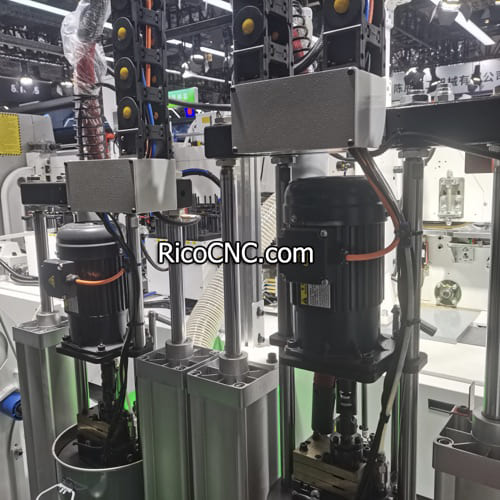
1. What type of PLC is best for controlling servo motors?
A PLC with motion control capabilities and fast processing speeds is ideal for controlling servo motors. Models that support high-speed I/O and Fieldbus communications are preferred for precision tasks.
2. Can a standard PLC be used to control multiple servo motors?
Yes, many modern PLCs have the capacity to control multiple axes simultaneously, making them suitable for multi-servo applications like robotics and multi-axis CNC machines.
3. What is the role of a servo drive in controlling a servo motor with a PLC?
The servo drive acts as an intermediary, interpreting the control signals from the PLC and regulating the power that is delivered to the servo motor for precise movement.
4. How can I reduce electrical noise in servo motor control systems?
To reduce electrical noise, use shielded cables, ensure proper grounding, and avoid running control cables parallel to power cables.
Conclusion
Servo motors controlled by PLCs form the backbone of many modern industrial automation systems, offering the precision and flexibility required for tasks like robotics, conveyor automation, and CNC machining. By understanding the setup process, choosing the correct communication protocol, and implementing tuning techniques, you can achieve optimal performance for your specific application.
If you are interested in exploring more about servo motors and servo drives, feel free to browse our selection of high-quality products designed for diverse automation needs.
